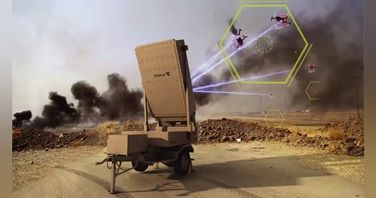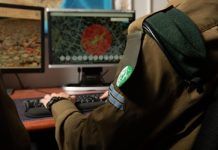U.S. Navy electronic warfare (EW) experts are approaching industry for enabling technologies in EW and RF surveillance. Officials of the Office of Naval Research in Arlington, Va., issued a broad agency announcement last week (N0001424SBC10) for the Enabling Technologies for Electronic Warfare and RF Surveillance project.
Technical areas of interest are signal processing algorithms for radars; EW against modern emitters; artificial intelligence (AI) to create complex modeling and simulations; repairing and restoring signals after frequency-selective limiters; counter-electro-optical sensors; rapid insertion of emerging counter-intelligence, surveillance, and reconnaissance (ISR) and EW technologies; and technologies for EW and ISR applications.
Signal processing algorithms for radars seek to achieve real-time processing by diminishing hardware and software latencies using efficient algorithms and effective hardware implementation. The Navy is seeking signal processing algorithms with high efficiency and low-latency, including synthetic aperture radar (SAR) with or without maritime ground moving target indication, interferometric SAR, polarimetric SAR, or tomographic SAR.
Although real-time radar signal and image processing still is costly, Navy researchers say software-defined radio and edge processing technologies have the potential to help develop affordable small lightweight radar systems for applications like unmanned aircraft.
Technologies for EW techniques against modern emitters seeks to enable a distributed network of EW systems to respond adaptively to modern complex emitter threats.
Generative artificial intelligence to create complex modeling and simulation scenarios at scale seeks to create algorithms to model the movement and timing of military platforms to help them detect and classify RF transmissions.
Methods for repairing and restoring signals after frequency-selective limiters seeks to develop a receiver module that adaptively can correct and repair signals distorted by free space loss.
CountER-electro-optic/infrared (EO/IR) concepts seeks to counter emerging EO/IR imaging sensor threats using non-traditional solutions to the problem of deceiving and denying imaging sensors without resorting to such brute force techniques.
Dynamic, composable architecture for rapid insertion of emerging counter-ISR and EW technologies seeks to develop a flexible architecture that can integrate new EW and counter-ISR capabilities for Navy EW uses.








